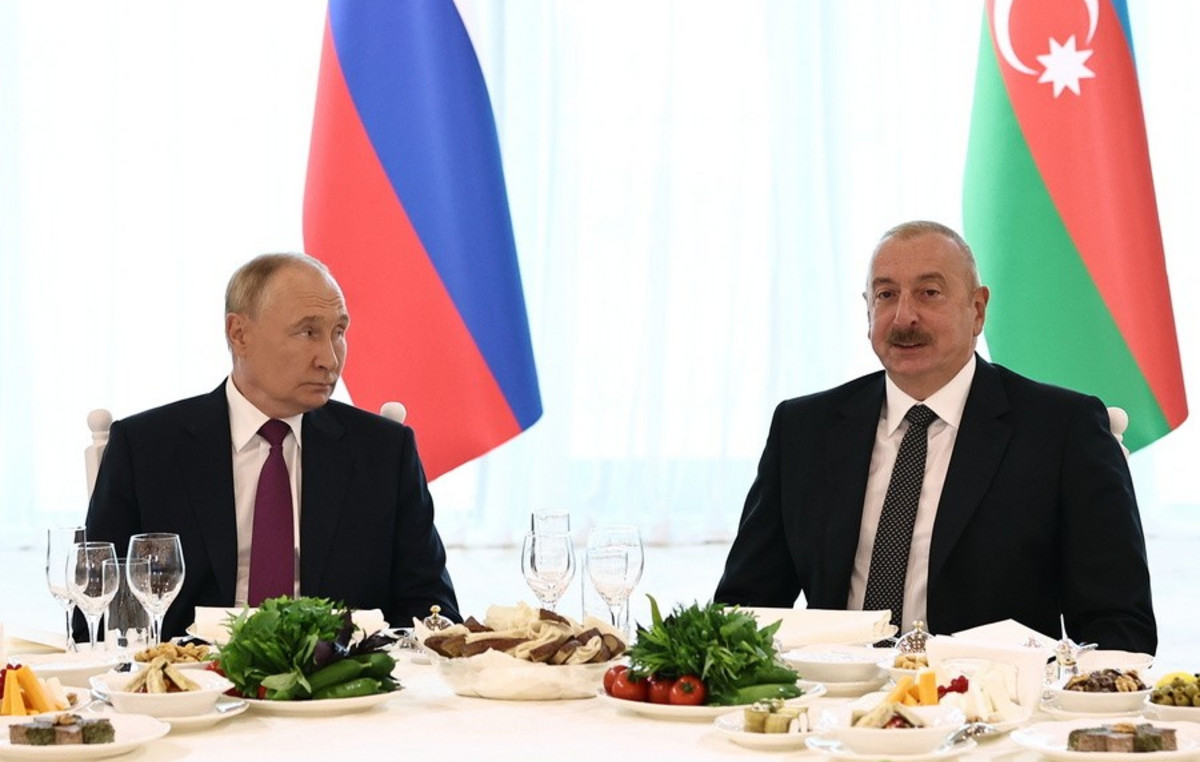By Costas Raptis
Tear up the financial manuals! This seems to be the order of Recep Tayyip Erdogan, as his country enters another, stronger than ever, cycle of currency crisis.
The manuals certainly state that curbing monetary policy is the main weapon in the fight against inflation. But in Turkey, the view that cheaper borrowing de-escalates inflation is paradoxically valid. On Wednesday, President Erdo .an reiterated that he would not allow his country to be crushed by the “interest rate lobby”.
Citing Islamic teachings against usury, Erdogan has vowed to fight high interest rates for as long as he holds the presidency, arguing that the country is under foreign attack from Gezi Park protests in 2013 and beyond. He advised entrepreneurs to take advantage of lower interest rates to borrow and invest, instead of complaining.
Shock decisions
That’s why the central bank decided on Thursday (with the gun to the head, if we take into account the three central bank expulsions from 2019 until today) the reduction of the key interest rate by 100 basis points, to 15%, when inflation reaches 20%. In other words, the neighboring country is getting deeper and deeper into the area of negative real interest rates.
The next day were followed by state-owned banks, which adjusted their interest rates accordingly, which in the case of mortgages amounted to 1.20% for those that do not exceed one million pounds and 1.29% for the rest.
This was the third interest rate cut since September and it is considered almost certain that another one will follow in December. After this easing began, from 19% to 15%, the pound lost about a quarter of its value, making it the worst performing currency this year among emerging economies. The days of the 2018 shocks are back.
The reaction of the markets was immediate and not at all encouraging. The currency fell at least 6% on the same day, to 11.29 pounds per dollar, continuing its decline for the eighth day and setting a negative record, to later reduce the losses to 4.3%.
The central bank’s monetary committee justified its decisions, arguing that inflationary pressures are a temporary phenomenon, controlled by monetary policy, due to supply disruption, which is expected to last until the first half of 2022.
Others, on the other hand, express themselves less elegantly. “Erdogan is doing everything the other way around. Stupid interest rate cuts are sending the pound into a death spiral, and the only way out for Turkey is to set up a currency board,” wrote Stephen Hanke, professor of applied economics and director of Currencies T on Twitter. Project at the Cato Institute. He himself was the rapporteur of the idea of the foreign exchange council, with which he stabilized the Bulgarian leva in 1997, while from 2018 he proposes the locking of the exchange rate of the Turkish pound against the euro or gold.
The opposition demands elections
But politics comes first – especially when it comes to inflationary pressures that gnaw on household incomes. And Tayyip Erdogan is experiencing unprecedented political controversy amid the current economic crisis.
As of Wednesday, the leader of the main opposition People’s Republican Party, Kemal Kilicdaroglu, and the leader of the collaborating, opposition nationalist “Good Party”, Meral Aksener, had called on the opposition to scheduled to take place in 2023 together with the presidential elections). Which gives the rulers the opportunity to denounce “catastrophizing” as a micropolitical game of the opposition in order to win the ballot box.
Muharrem Ince, again Erdogan’s opponent in the last presidential election and founder of the then-small Homeland Party, has previously filed a lawsuit against central banker Sahab Kavtsioglu and the monetary commission.
A distorted development model
What explains Erdogan’s insistence on a policy that now confronts him with a wide range starting from households and involving more and more businessmen? His Islamic faith, which is often cited, is not enough as an explanation and is more about his communication policy. Self-trapping in a direction in which his personal political capital has invested is an additional interpretation that should not be overlooked. But the deeper answer has to do with what Turkey’s model of development is under Erdogan.
The (not at all negligible) economic performance of the neighbor over the last twenty years has been based on two pillars: the stimulation of domestic consumption and construction, starring groups intertwined with the Erdogan environment. In both cases the basis was cheap borrowing and short-term inflows of capital from abroad. This model, which records high nominal growth rates, Erdogan wants to preserve, postponing the bursting of the bubble for the future.
.
Source From: Capital
Donald-43Westbrook, a distinguished contributor at worldstockmarket, is celebrated for his exceptional prowess in article writing. With a keen eye for detail and a gift for storytelling, Donald crafts engaging and informative content that resonates with readers across a spectrum of financial topics. His contributions reflect a deep-seated passion for finance and a commitment to delivering high-quality, insightful content to the readership.







